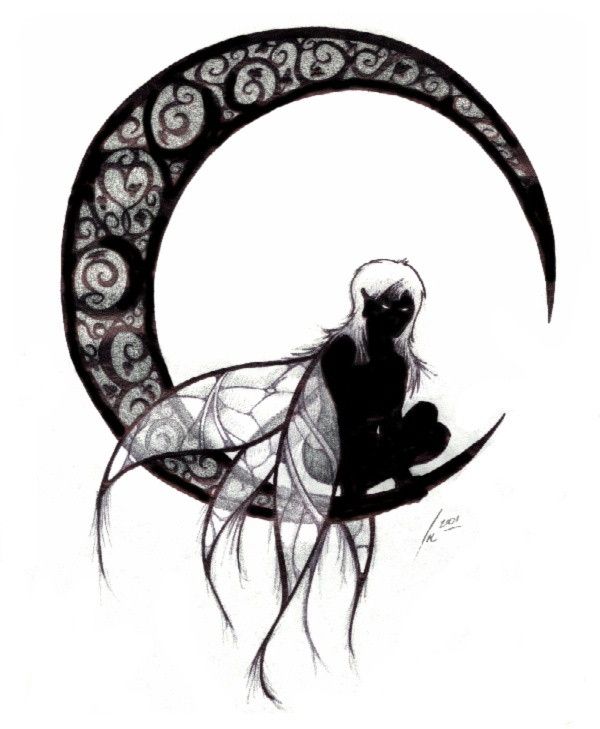Music Halls of London

Eagle Tavern 1830 London
The rise and spread of music halls in 19th-century London helped to establish a revolutionary style of popular music. Part of the reason for the rapid growth of music halls was that the British Copyright Act of 1842 protected the reproduction and performance of music and gave an enormous stimulus to the music market, affecting writers, performers, and publishers. The tavern concert room became increasingly bigger and more independent until purpose-built halls arose.
Music halls offered songs with hooks or catchy choruses, and downgraded the verses; these features were inherited by Tin Pan Alley, dance bands, show songs, and the "easy listening" repertoire. The songs could not be easily absorbed into the educational curriculum because they were too clearly identified as the entertainment of an uncultured mass public; hence, educators condemned them as rubbish. The conviction behind Matthew Arnold's Culture and Anarchy for example, was that only culture (that is, high culture) could save society from anarchy. Culture, for Arnold, is not a broad term: he spares no time on the music hall. The working class was thought to need rational amusement such as choirs.
The supposed working-class authenticity of the music-hall experience has been much debated. A prime example of conflating the real and the imaginary in the 1890s was the portrayal on stage and in song of the Cockney or, more familiarly, costers who were itinerant street traders who usually sold fruit or vegetables from a donkey-drawn barrow (the name was derived from costard, a type of apple). From the 1840s to the 1890s the representation of the Cockney goes through three successive phases: it begins with parody, moves to the character-type, and ends with the imagined real.
There is, from the late 1870s onward, a concern to encourage imperialist enthusiasm among the working class in Britain. The tenor of imperialist songs changes as a consequence. The avoidance of florid metaphor and, instead, the use of vernacular speech, contrasts markedly with earlier songs. The music halls espoused the values of the upper-working-class or lower middle-class male, rather than those of the lowest social rank.

1891 Cover for "Mischief," which Marie Lloyd sang in 1891.
The halls frequently gave rise to fears concerning public morality. London audiences, however, defended their moral values when the law was used in a repressive manner, turning up in large numbers at the halls, at law courts and licensing sessions, and writing letters and petitions. Sometimes, the problems involved prostitution in or around the halls; at other times, it might be the lewd content of a song or dance. The most difficult thing for moral guardians to control was the physicality of certain performers, the most notorious being Marie Lloyd, who used gestures, winks, and knowing smiles to lend suggestiveness to the most "innocent" of songs.
In the 1890s, middle-class attitudes became more favorable to music hall, swayed by the managers'efforts to ensure respectability. The managers had noted the success of respectable vaudeville in New York in attracting a family audience into theaters. At the same time, we must recognize that efforts to increase the social mix of music-hall audiences in the later nineteenth century were helped to a great extent by the widespread enthusiasm for imperialism. It is surely more than coincidence that, from the 1890s on, the music halls under the ownership of Edward Moss all bore the name "Empire."













